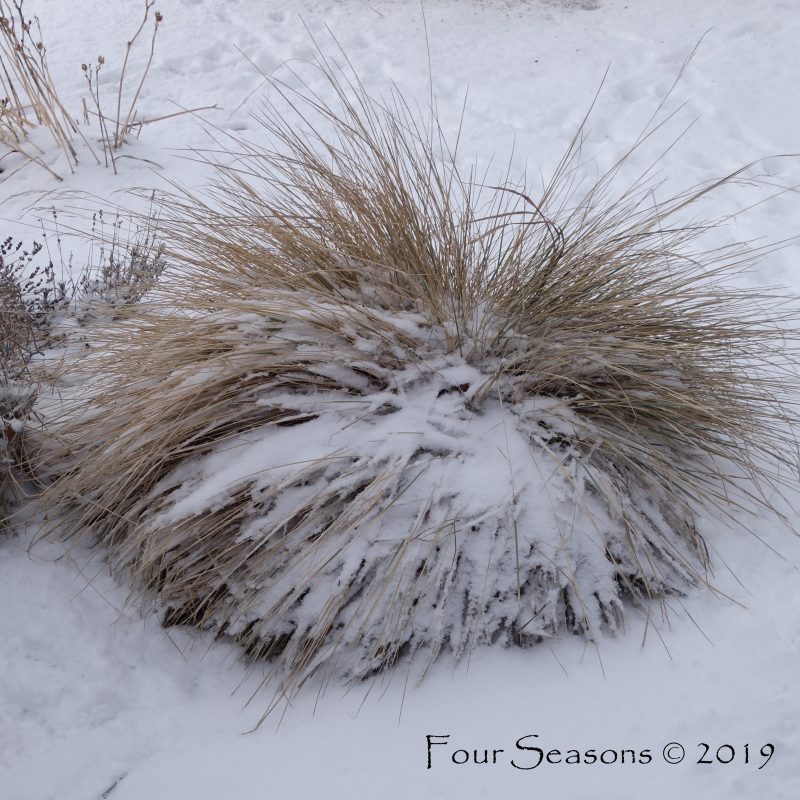With spring right around the corner, those dormant trees, shrubs, and perennials you have in your yard will be starting to wake up soon. Many a gardener has pulled out a plant that appears dead, only to discover later that it was just a late bloomer and wasn’t dead at all. It simply hadn’t broken from dormancy yet. So how do you tell if a plant is dormant or dead and if it’s time to discard it or let it be? Great question!
The first thing to do is look at the plant. Do you see any swelling of the buds? Even though a dormant tree or shrub isn’t actively growing through the winter months, you should still see some tiny buds on the ends of the limbs. Then check to see if the bark is intact. A tree with smooth, unbroken bark all the way around is generally still alive, but in a dormant state. If the bark appears to be shedding, that tree is most likely dying. Then move on to check the color of the tree or shrub. This is more difficult to determine on deciduous trees, but on evergreens, for instance, is the foliage brown or still green? An evergreen that is turning brown is also usually dying. Be careful however, because some pests such as spider mites will also cause the needles to turn brown even though the tree itself may still be alive.
If you are unable to determine the state of the tree by visual observation, try the snap-scratch tests. Select a tip of a twig about the size of a pencil. Bend it backwards. A living tree should bend easily, sometimes revealing moist wood underneath. A dead limb will be brittle and snap. If your tree snaps, try selecting another limb on an different section of the tree, or go in closer to the trunk and try again before deciding if it’s alive or not. Sometimes a section of a tree will die back while the rest of the tree is perfectly fine
Another common method is the scratch test. Using your fingernail or a knife, scratch the bark on a twig. If the tree is alive, it should be green under the bark and damp to the touch. A dead limb will be brown, hard, and difficult to scratch. As with the snap test, again I would encourage you to try this in a different place or further down that section before deciding the tree or shrub is dead and unsalvagable.
If you have been unable to determine the health of your plant using these two methods, you can dig it up or remove it from its pot to check the health of the roots. Healthy, living roots are generally whitish or light and supple and the plant is simply dormant. It’s fine to replant it then. If the roots have a foul smell, are dry and brittle, or mushy, most likely the plant is dead.
Be aware that there are some plants, like perennial hibiscus, that may appear dead but are almost always just late bloomers. Because these plants are tropical in nature, they are among the last to break dormancy and will remain so until well after the weather has warmed up. In our area sometimes it can be as late as June before they’ll show signs of life.
What a difference this winter has been over last year! Last year, we lost landscape plants due to the extremely dry conditions. This year the abundant snow pack and rain have been welcome, but there may still be some loss in your yard due to colder temperatures, or rotted roots from all of the moisture. Before you decide if they are truly dead, it’s well worth it to take a little time and effort to inspect each tree, shrub, and perennial.

